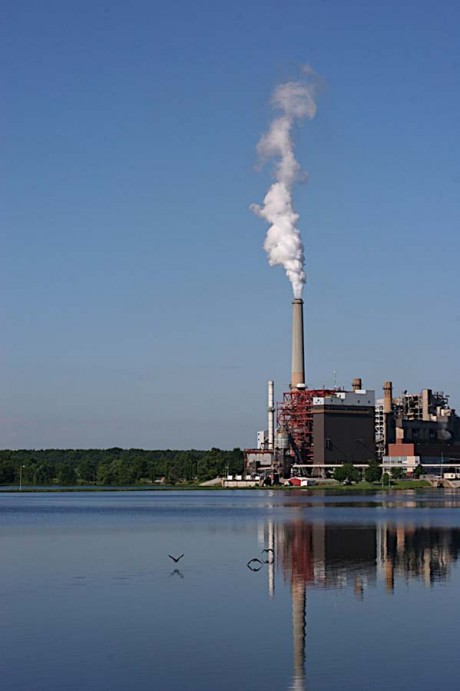Federal Clean Power Plan sets requirements for reducing greenhouse gas emissions
North Carolina’s electric cooperatives have been studying the Environmental Protection Agency’s (EPA) Clean Power Plan released in early August to determine its impact on cooperative member-consumers.
The EPA on August 3 released the final version of its plan and rules, which aim to reduce carbon emissions from power production nationwide. In its role of issuing regulations under the federal Clean Air Act, EPA gives each state a specific benchmark and directs the states to develop plans to reduce emissions to meet stated goals.
“This plan may bring significant changes to the industry,” said Joe Brannan, chief executive officer of North Carolina Electric Membership Corporation, the power supplier for most of the state’s electric cooperatives. “We are reviewing the regulation to determine how it will impact cooperative members in North Carolina. As not-for-profit utilities, our goals are to provide electricity at the lowest possible cost and to keep our members’ interests first.”
North Carolina’s electric cooperatives have a diverse portfolio of power resources. More than half of the cooperatives’ power comes from emissions-free nuclear energy, with the remainder coming from natural gas, market purchases and renewables. This investment in a diverse portfolio will help lessen the potential for extreme rate increases to electric cooperative members and ensure the cooperatives can continue to provide affordable, reliable, environmentally responsible power.
The EPA asks states to submit initial plans or request an extension by September 2016, with final plans due in September 2018. States are expected to begin complying with emissions reduction plans by January 2022, and to meet their goals by January 2030. EPA says if all states comply by 2030 with the emissions reduction goals set in the plan, the nation’s carbon emissions will be reduced 32 percent compared to 2005 levels.
Detailed EPA analysis of each state’s emissions production produced a formula for determining state-by-state reduction goals. Citing a 2012 baseline emissions rate for each state, the plan tasks North Carolina with reducing greenhouse gas emissions by 32 percent by the year 2030. Neighboring states are given similar targets: Georgia with 34 percent, South Carolina with 35 percent, Tennessee with 39 percent and Virginia with 32 percent.
The targets are for compliance in each state, not for specific utilities. In North Carolina, the General Assembly and the McCory Administration will determine how the state will respond.
The EPA plan says states can employ a variety of measures to reach the emission reduction goal, including stepped up efficiency at coal-fired power generating plants, and reducing use of coal while increasing use of nuclear and natural gas fuels to generate electricity. Gains in end-user energy efficiency and more electricity generation from renewable energy sources may also be applied.
“We believe it is possible to find solutions that balance the environment and the economy,” NCEMC’s Brannan said. “We will work with elected officials and regulators to represent the voices of our consumer-members across the state.”
North Carolina’s electric cooperatives serve more than 2.5 million people in 93 of the state’s 100 counties.
-
Share this story:




